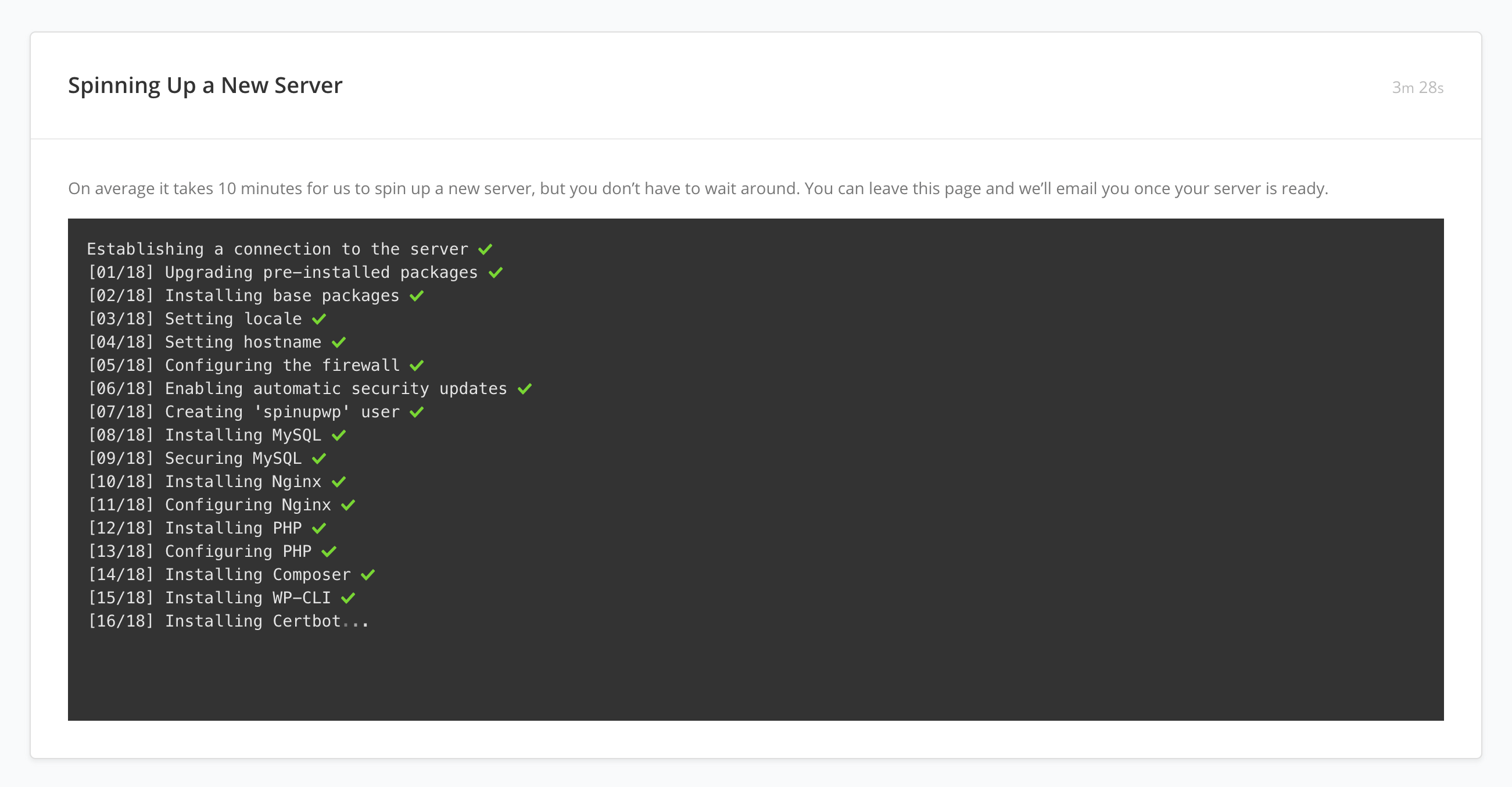How to Install WordPress on AWS Lightsail
Looking to use Amazon Web Services (AWS) for hosting your next WordPress site but you’re not familiar with deploying AWS EC2 instances? We recommend that you use Amazon Lightsail. Amazon Lightsail extracts away a lot of the complexities around AWS and makes it simple to spin up virtual servers, while still using the same underlying AWS infrastructure.
Let’s go ahead and connect an AWS Lightsail instance to SpinupWP. Before you start this process, you will need to sign up for an AWS Management Console account if you don’t already have one.
Once signed in, navigate to Services > Lightsail, which will open Lightsail in a new window. Click Create instance. When adding a new instance via Amazon Lightsail:
- Select a location where the server will be hosted.
- Select Linux/Unix as the platform then choose the Ubuntu 22.04 LTS blueprint.
- Select an instance plan, which will determine how many sites you can host on the server and the amount of traffic it will be able to handle. Check out our Server Size doc if you need more help selecting an instance plan.
- Enter a unique name for the server.
All other options can be configured as required, or left as their default values.

Once the server has been created, navigate to the Networking tab and add a new firewall rule for HTTPS.

Navigate to the Connect tab and click Connect using SSH. This will open a terminal connection via your browser.
Head over to SpinupWP and click Spin Up a New Server followed by AWS. Enter the server’s public IP address, SSH username (usually ubuntu), and select Public Key authentication.

Copy the command provided by SpinupWP into the browser terminal connection.

Confirm the connection by clicking Next in SpinupWP. Enter the server’s hostname and select the desired database server. Click Provision Server to begin the provisioning process.

Once the server has finished provisioning you’re ready to start adding WordPress or other sites. Check out our Getting Started doc if you need more information.